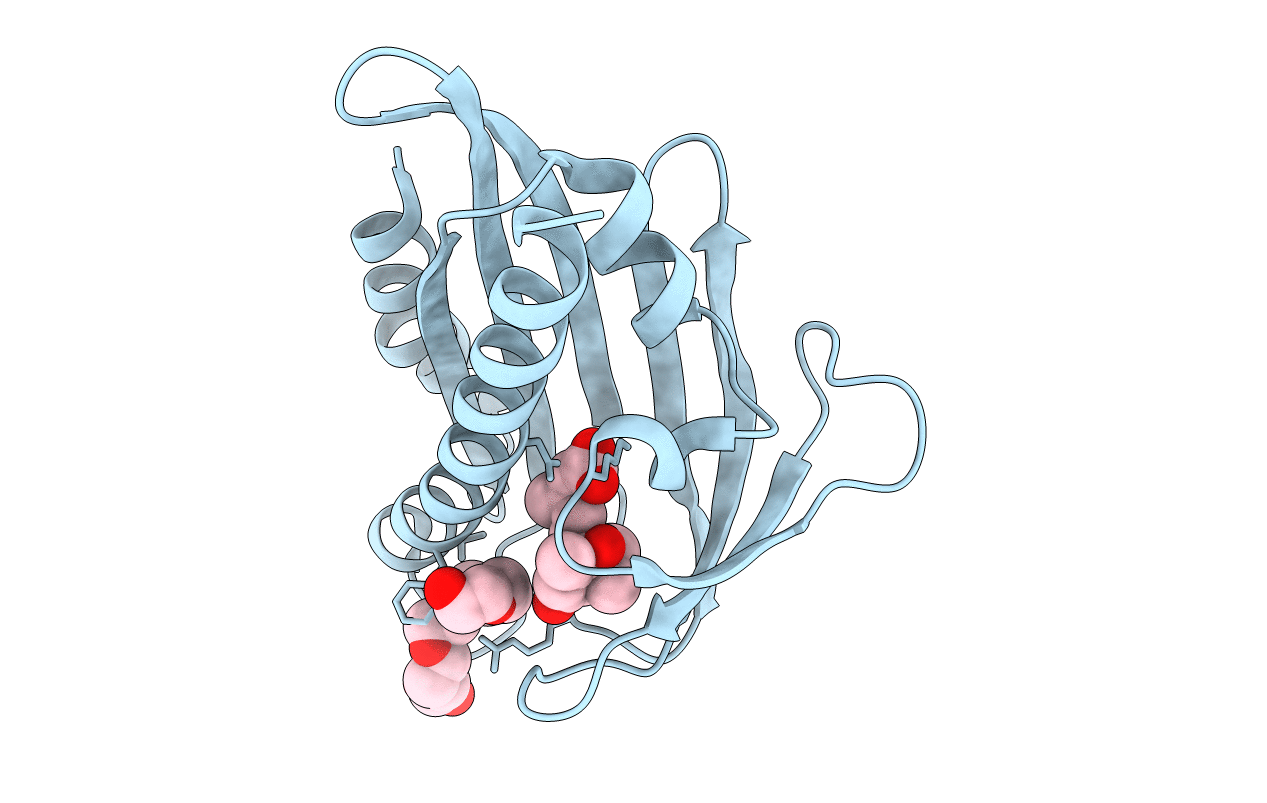
Deposition Date
2013-04-13
Release Date
2014-04-09
Last Version Date
2023-11-08
Entry Detail
PDB ID:
3W9R
Keywords:
Title:
Crystal structure of the high-affinity abscisic acid receptor PYL9/RCAR9 bound to ABA
Biological Source:
Source Organism:
Arabidopsis thaliana (Taxon ID: 3702)
Host Organism:
Method Details:
Experimental Method:
Resolution:
1.90 Å
R-Value Free:
0.20
R-Value Work:
0.18
R-Value Observed:
0.18
Space Group:
P 32 2 1


